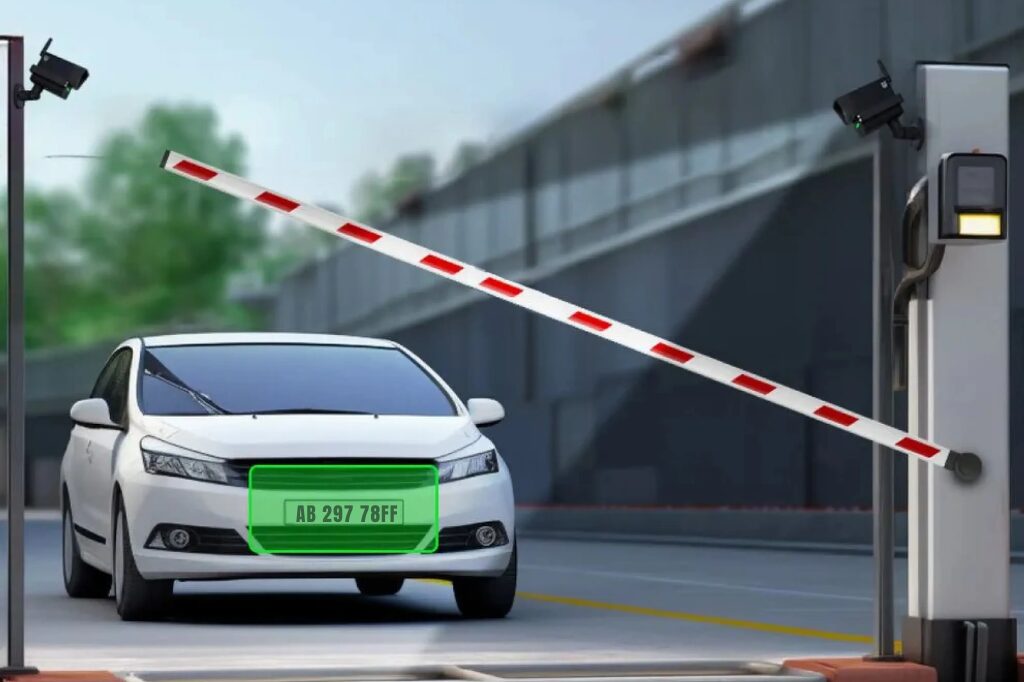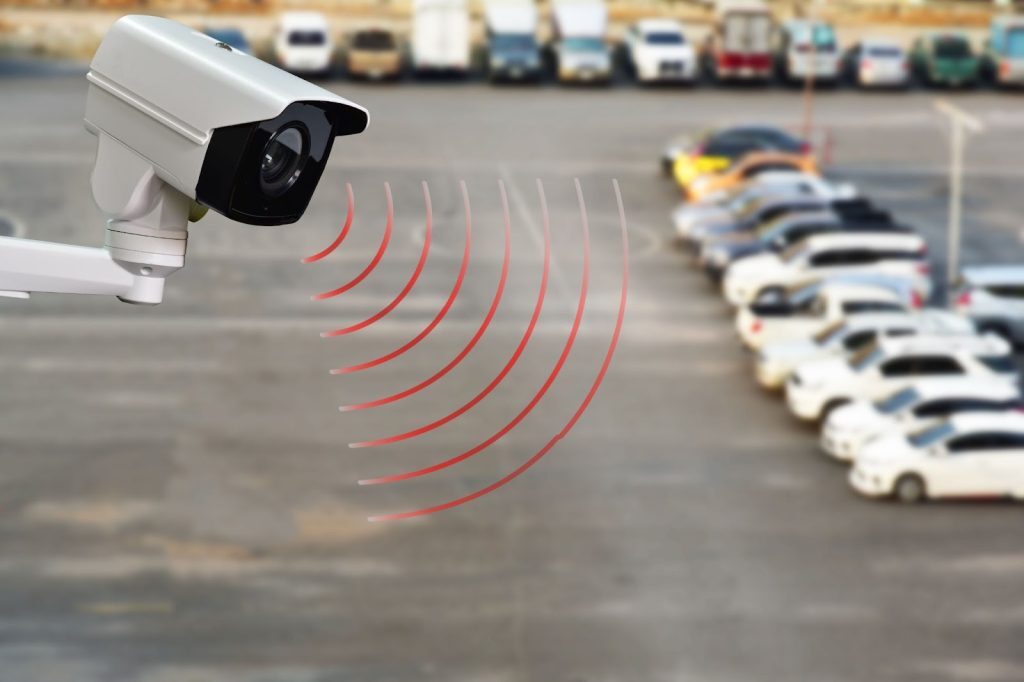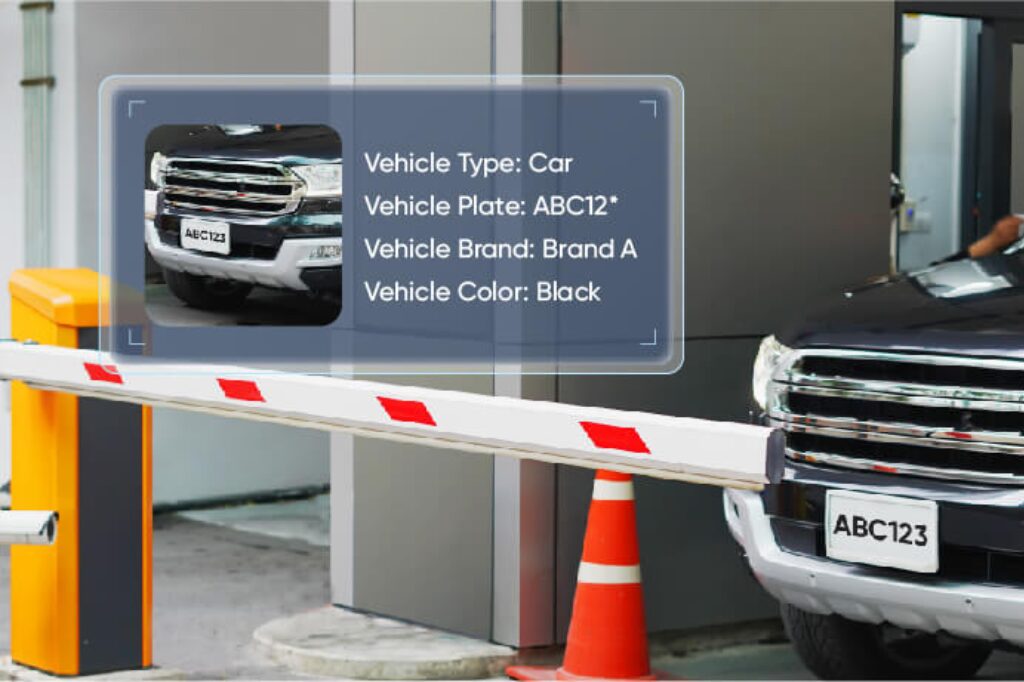
Overview
TotalShield’s ANPR (Automatic Number Plate Recognition) Camera System is a state-of-the-art solution combining high-definition imaging, AI, and secure software to deliver real-time vehicle identification, control, and actionable intelligence. Designed for demanding environments (airports, toll plazas, estates, smart cities, government facilities, commercial complexes), our system automates monitoring, improves enforcement, and unlocks data insights, all while maintaining high accuracy and scalability.


Key Benefits
Frequently Asked Questions
What is ANPR and how does it work?
Automatic Number Plate Recognition (ANPR) uses specialized cameras plus OCR (Optical Character Recognition) and AI/ML software to automatically detect, capture, and interpret vehicle number plates. The process typically involves image capture → pre-processing (adjusting for light, angle, distortion) → locating the plate region → character segmentation → recognition → match against database → trigger alerts/actions.
Where can ANPR systems be used?
Many places: toll booths, gated estates, airports, parking lots, commercial complexes, government buildings, city traffic enforcement, smart city infrastructure, border crossings. Also mobile or portable systems for temporary events.
Can the system work in low light or bad weather (rain, fog, glare)?
Yes. With infrared illumination (IR / NIR), WDR/BLC imaging settings, high shutter speed, good lens and image processing, modern ANPR systems can read plates even at night, in glare, or under adverse weather.
How fast can vehicles be moving and still be accurately recognised?
It depends on the camera’s shutter speed and frame rate, lens quality, and setup. With proper settings, modern ANPR can capture plates of fast-moving vehicles. For extremely high speeds or multiple lanes, higher FPS cameras and accurate calibration are needed.
Can the system handle different plate designs, fonts, and colours?
Yes. Our software supports different national plate formats, varying fonts, custom and vanity plates, and can even be trained for new designs. Also handles coloured plates and non-Latin alphabets depending on your region.
What kind of hardware is required?
High-definition cameras with infrared capability, proper lenses, rugged housing (IP rated), possibly boom gates/barriers, servers for software, backup power, lighting if needed. The exact spec depends on your site (distance, speed, lanes, environment).
Is it expensive compared to regular CCTV?
Yes, ANPR systems are more costly than standard CCTV because of specialized optics, higher frame rate, infrared illumination, sophisticated software, and data handling. However, the return on investment can be substantial due to reduced manual labor, improved enforcement, and operational efficiencies.
What about privacy and legal compliance?
Very important. ANPR systems should store only necessary data, delete old data per policy, safeguard images and metadata, ensure who has access is controlled, and be aligned with local laws/regulations on data protection. Transparent signage, privacy notices might be required.
How is the system monitored and maintained?
Monitoring via centralized dashboard, review logs, alerts, system health. Maintenance includes ensuring cameras are clean and properly aligned, firmware/software updates, periodic calibration, checking lighting/infrared elements.
How soon can it be operational and scalable?
Depends on site complexity. A simple setup (one entrance gate) can often be operational in weeks; larger multi-site deployments may need months (for infrastructure, calibration, data integrations). But system is designed to scale (add more cameras) sites without needing full redesign.
